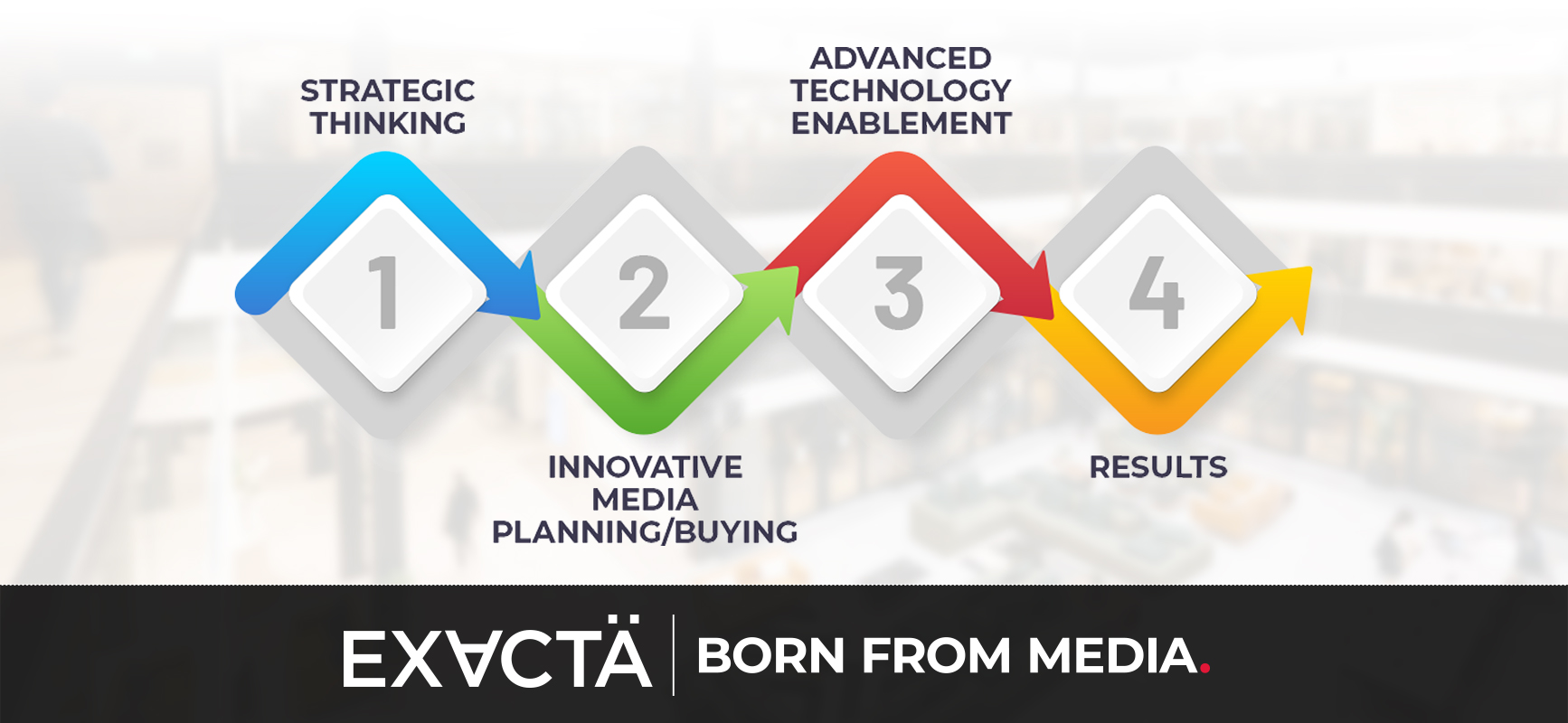

by Steve Fawthrop, VP Agency Growth
It can never be ignored that people buy for their own reasons, not ours.
Their reasons may not necessarily be sensible, intelligent or even rational from our perspective, but they are their reasons.
They are common for B2B and B2C buying decisions, and knowing them will help you with buyer interactions in person and via advertising and marketing communications.
Keep in mind that you have less control.
The ability to learn about a product or service has expanded greatly beyond a sales person over the years. In the past a salesperson might have controlled proprietary information (ex: a real estate agent only had access to home listings and prices) or the sales person or company offering a product or service was the expert by having more information in general. It was much harder for the buyer because the cost of acquiring more information took so much more time and effort.
Information acquisition costs are now virtually zero. This makes it an even greater imperative for a company offering a product or service to operate with as high a quality and consistency in personal interactions (sales and support), in advertising communications and in reputation management when a Yelp review, for instance, can impact buying motives.
People have six potential motives for buying a product or service:
The potential buying motives do not come in a particular order although most prospects, especially in a business-to-business purchase, are clearly looking for spending to be an investment in new business, directly or indirectly, and a financial gain through increased revenue or operational savings. Certainly in advertising, where my career is rooted, an advertiser is seeking a particular return on investment (ROI).
It is critical to keep in mind the six buying motives are all founded in emotional decisions. Often more than one motive exists, and at different levels of importance, and this is true for both business and consumer purchases.
Let me detail the six buying motives.
Desire for gain
Most of our prospects are going to have this as their primary motive whether they measure the financial gain directly or indirectly.
If investing in advertising, as noted, then the expectation is to generate more prospects, accelerate the buying process and, ultimately, gain profitable new customers based on the transaction or measured by their total lifetime value (TLV).
When buying a new delivery truck a motive for gain may be the increased fuel efficiency of the truck to reduce operating costs, lower maintenance costs or improve hauling capacity that allows for greater productivity in use.
On a personal level an investment in real estate, mutual funds or other forms of direct payback for personal gain or business profit can be a dominant reason as a buying motive.
Fear of loss
While buying insurance is an obvious example of spending to avoid a loss, there are other examples.
In business, a prospect who feels they are losing market share or losing out on new opportunities may be motivated by a fear of loss. This can lead to spending to better compete. For example, a company may open a new distribution center or increase training for customer service or sales staff to defend market share or reduce customer churn.
Comfort and convenience
A few examples of personal comfort and convenience in business would be having a comfortable office chair or a reserved parking space at your office building.
At an organizational level, the convenience of dealing with your company can be seen as having you being a responsive representative on an individual basis. As the prospect works with your company, though, the view can expand to include dealing with other operations of your company with whom the client interacts: delivery, billing, product or tech support, your assistant, your manager or any employee of the company.
It is not just direct, people interaction. It may be evaluated by wait time for customer service or how functional your website is to provide answers to common questions or additional resource information.
Security and protection
Smoke alarms or a security fence are simple examples of purchasing for security.
In business, keep in mind security in choosing the source of a purchase is important. There is an old noted saying in the technology field that no purchasing agent ever got fired for choosing to buy from IBM. Times, of course, have changed but you must be aware of competitive brand preference as a form of perceived security by a prospect.
Because of previous experience, recommendation by others or brand reputation, your product or service needs to, ideally, be established as the superior overall value in a purchase.
Fear of criticism by others exists if someone buys a product or service seen as an unsafe choice. In the early years of USA Today, where I worked for eight years, the company had to battle the “McPaper” tag, a criticism of editorial quality, which kept prospective clients from spending their advertising budgets with us.
We had to battle the perception that the content was not credible enough and, thus, not creating a quality readership. Even though research validated the demographic quality of readers, there was still an issue that greater editorial credibility was needed before certain clients would work with us or give us a greater share of their budgets. “Editorial quality” was a subjective, emotional evaluation.
It may not have seemed fair (or logical) from our perspective, but it was a reality to prospects, and their advertising agencies, and had to be addressed and overcome.
At the least, as sales guru Brian Tracy notes in his training, you need to be viewed as the safest and best choice or the least-risk decision. Using the Microsoft office suite might be viewed by some in this way. It represents the best overall choice of use and support vs. one particular competitive application that is uniquely better but does not offer as much total value.
We may be making a safe choice when we head to McDonald’s or Starbucks knowing we have a dependable expectation of the food or coffee vs. finding the best local burger or coffee shop.
Pride of ownership
Why does someone purchase a nicer version of anything?
The pride factor may be overt or subtle. I had a former boss who was compelled to tell everyone about his Mercedes, Corvette and boat. He was a bit extreme, and definitely overt, but he got personal satisfaction in talking about his possessions.
For others pride may be very internal through a sense of accomplishment or self-mastery.
Satisfaction of emotion
This can be in many ways.
Using the example of advertising again, advertising may convey the brand characteristics of a company in general or for a particular product or service that a buyer identifies with emotionally.
A company may position themselves as up-and-comers. A good example is Hyundai and Kia Motors, from Korea. They are brands that entered the U.S. car market relatively late.
When Hyundai developed their first premium model, the Genesis, and won the North American Car of the Year award, they ran an ad during the 2009 Super Bowl that poked directly at Lexus and BMW, while playfully acknowledging at the end of the commercial that people still had confusion on how to pronounce their name.
Other positioning examples: market leader (Boeing), prestigious (Rolex watches) or innovators (Apple). Advertising reinforces the market position to buyers as a motivation for identification or affiliation by a prospect as a reason for purchase. Remember all the people lined up to be the first buyers of new iPhones?
Companies pay a premium to be a sponsor of the Olympics or World Cup. The total value of association cannot be measured in just dollars and cents whether it is via the global stage or sponsoring a trade show or panel discussion through a business trade group.
Advertising is also used to support the morale of staff by validating the quality of their employer in the community. This may be through promotion of good corporate citizenship for the environment, support of a particular cause like cancer research or sponsorship of a Little League baseball team for a local business.
Remember, people buy emotionally not logically. In order to sell effectively, in person or through messaging (paid advertising or earned media), you must fix in your mind that everyone buys emotionally then rationalizes the purchase with logical reasons for their action.
An example of different buying motives in a purchase
Suppose you are a contractor talking to a couple considering a kitchen remodel. Let’s look at how the different buying motives can influence a purchase.
One motive for the couple may be the value added to the home (desire for gain) or the potential loss of value for keeping an outdated kitchen when it comes time to sell (fear of loss).
A remodel may make the kitchen more functional (comfort and convenience).
Updated wiring reduces fire risk or new plumbing will prevent potential water leaks (security and protection).
The homeowners can show off the new kitchen to friends (pride of ownership) and can appreciate the beauty, style, increased functionality or amenities of the kitchen after the remodel (satisfaction of emotion).
Depending on individual preferences, owners may get more satisfaction from using recycled or renewable materials in the remodel.
Any one or any combination of the six buying motives can come into play in this example.
Ultimately a seller wants to get to emotional motives, a rationalization of the purchase and then the positive emotion of goodwill after the sale to have a satisfied customer and, hopefully, strong references to other future customers.
Being more attuned to buyers decisions and motives for buying will lead to greater sales success.
Key concepts contained in the book “World Class Selling” by the late Roy Chitwood, formerly of Max Sacks international sales training.
Does your business need an agency partner? Learn how EXACTA MEDIA can help. We specialize in end-to-end media management from strategy through buy and optimization. Connect with our team of experts to learn more.

















